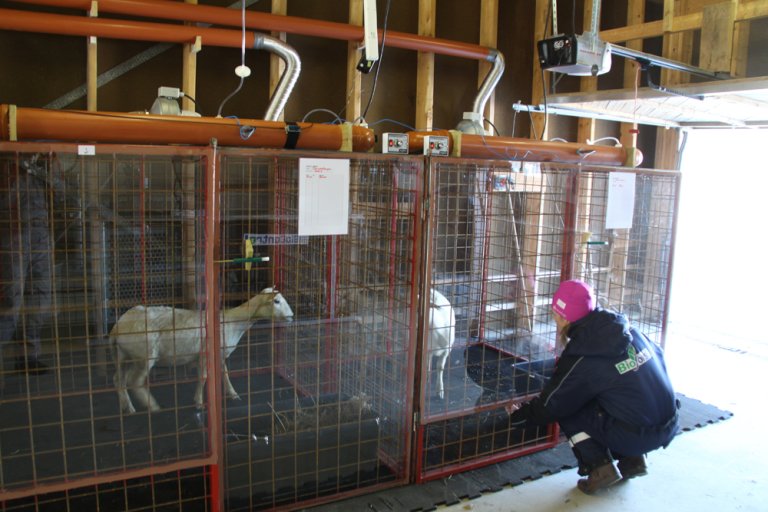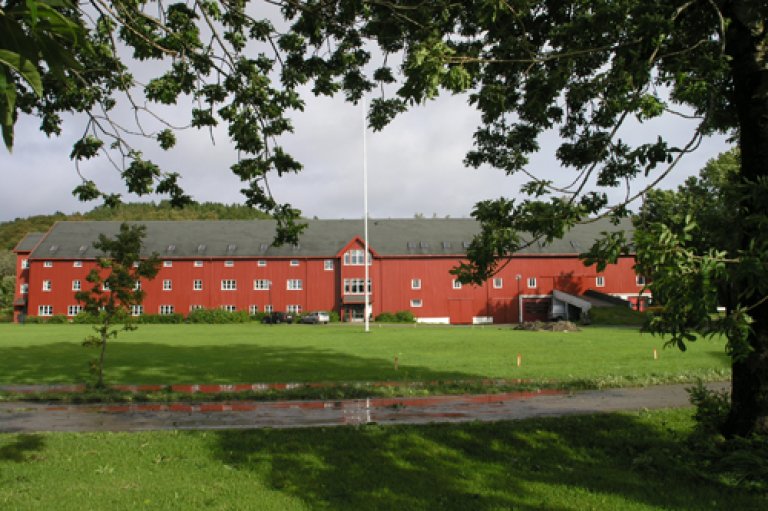
Tjøtta
Tjøtta is a small community with about 250 inhabitants on the coast of Helgeland in Nordland county, the home of one of NIBIO’s three northernmost research stations. Tjøtta is strategically placed in relation to both North Norway’s agricultural areas and to important environmental and tourism resources such as Lomsdal/Visten and Børgefjell national parks, and with the island of Vega, a world heritage site, as its closest neighbour in the west.
Geographic characteristics and opportunities
The growing season in the north is short, but crop yield potentials are relatively high as a result of long day length in summer and ample precipitation. The special climatic conditions can enrich some food products with enhances taste and health benefits. This allows us to the possibility of exploiting arctic agriculture as a brand name, for which NIBIO has the task of documenting arctic quality and furthering related arctic commercial development. With the current climate changes, studies of growing conditions and climatic adaptations for plants and animals in the northern region are an especially important research area.
Buildings, land resources and specialist instrumentation
NIBIO Tjøtta is attached to Nordland’s largest farm, with beef cattle, sheep of various breeds and even one lama. There are 85 ha of fully cultivated land, about 25 ha of surface cultivated grazing and 540 ha of unenclosed land, most is suitable for grazing by cattle and sheep/goats. In addition the property of Skar in Vevelstad has 2200 ha of mountain grazing.
The farm is let out with a clause ensuring NIBIO’s right to continue its research on animals and on both the cultivated land and all the unenclosed land.
NIBIO Tjøtta has a well-equipped laboratory with amongst other things, facilities for the measurement of methane gas emissions from ruminants. There are six respiration chambers specially adapted for sheep or goats, as well as six SF6-instruments specially adapted for grazing sheep.
A designated research area for sheep is equipped with cameras for monitoring animal behaviour, in which controlled feeding trials are performed.
Many types of field trial are performed, using research equipment for both grass and arable crops, as well as electronic equipment for the monitoring of grazing animals.
There is additionally a large group of buildings at Tjøtta:
- Farmyard with housing for sheep and cattle followers, a research animal house, rooms for implements and technical equipment, a laboratory and a staffroom
- Administration building with modern offices for researchers and technicians, as well as for renting out to other businesses. Part of the building is also used for technical operations
- The Main House is tday run as Tjøtta Guesthouse
- Some older buildings are used for storage and let out as a carpentry workshop
- A welfare house is let out as a training studio
- Stabbur – a traditional Norwegian store house for grain and food
- Two buildings that are rented out to staff and others
- Two older buildings, of which one is undergoing restauration
- The croft Øver Sundet which is used for cultural heritage purposes
- A dwelling house on the Skar property
Networks and cooperation partners
Nordland Government Authorities, Nordland County Council, Alstahaug Municipality, Helgeland museum, Narvik College, University College of Nord-Trøndelag, Nord Universitety, Nordland Research, Fram-senteret, Universitety of Tromsø, Nordnorsk agriculture council, Telespor, NRL Nordland, Nordland Farmers Union, Norwegian agricultural advisory service Nordland.
In addition there are many other national and international cooperation partners.


